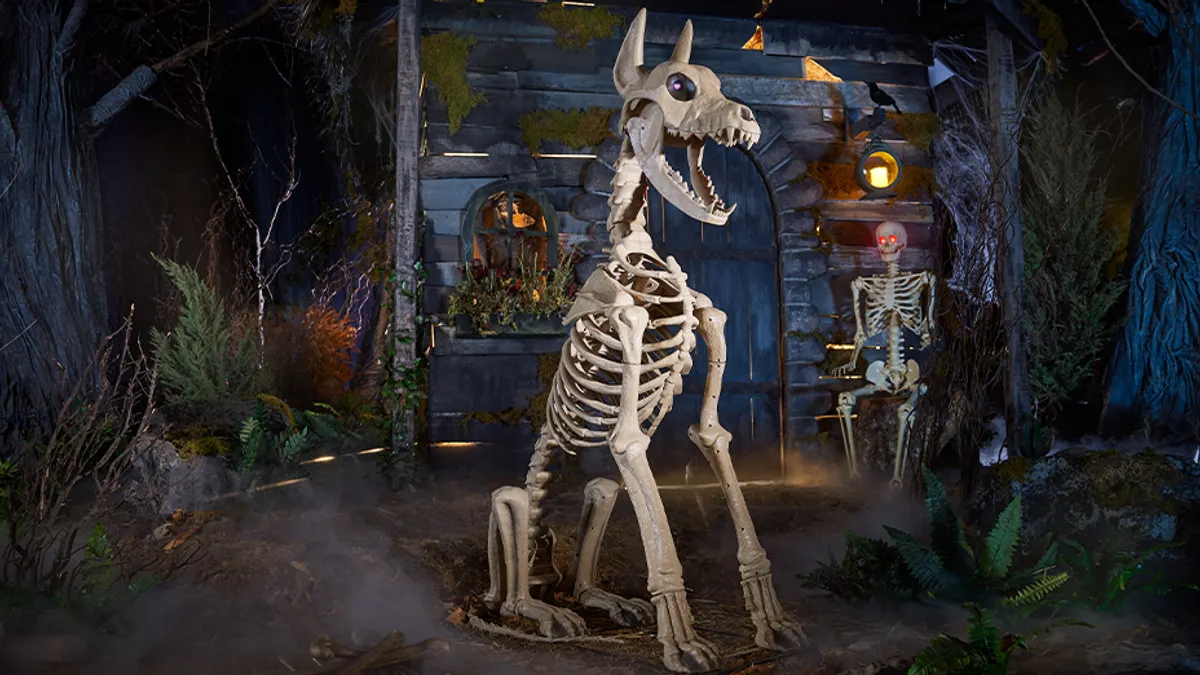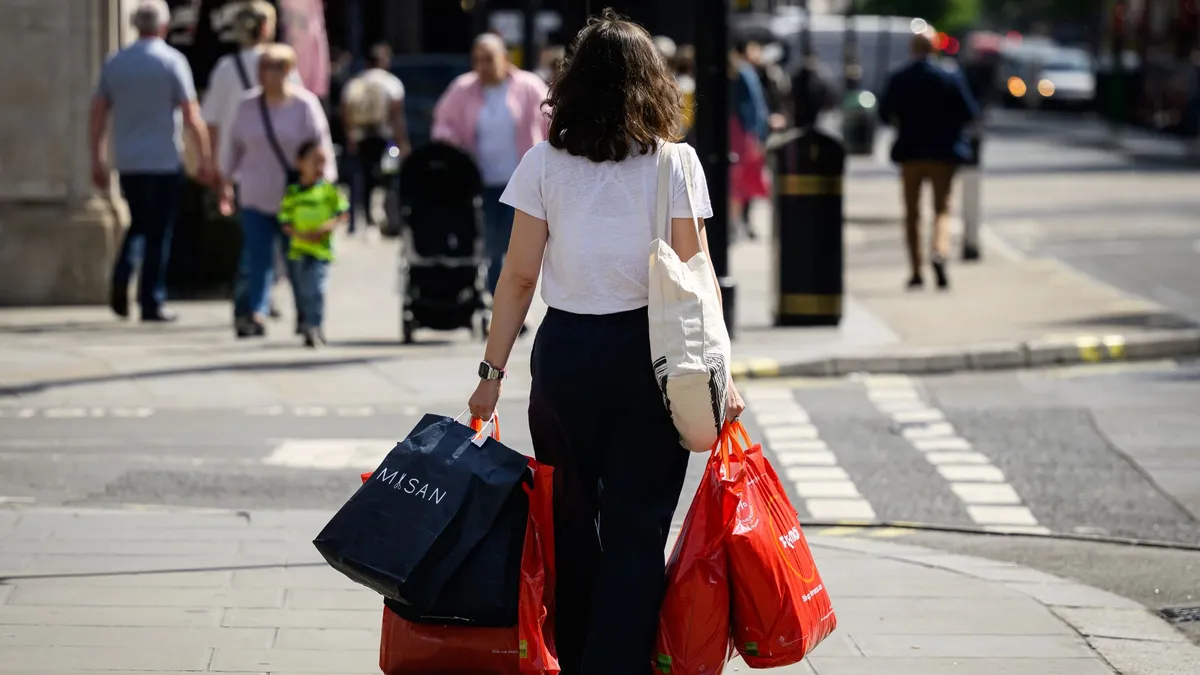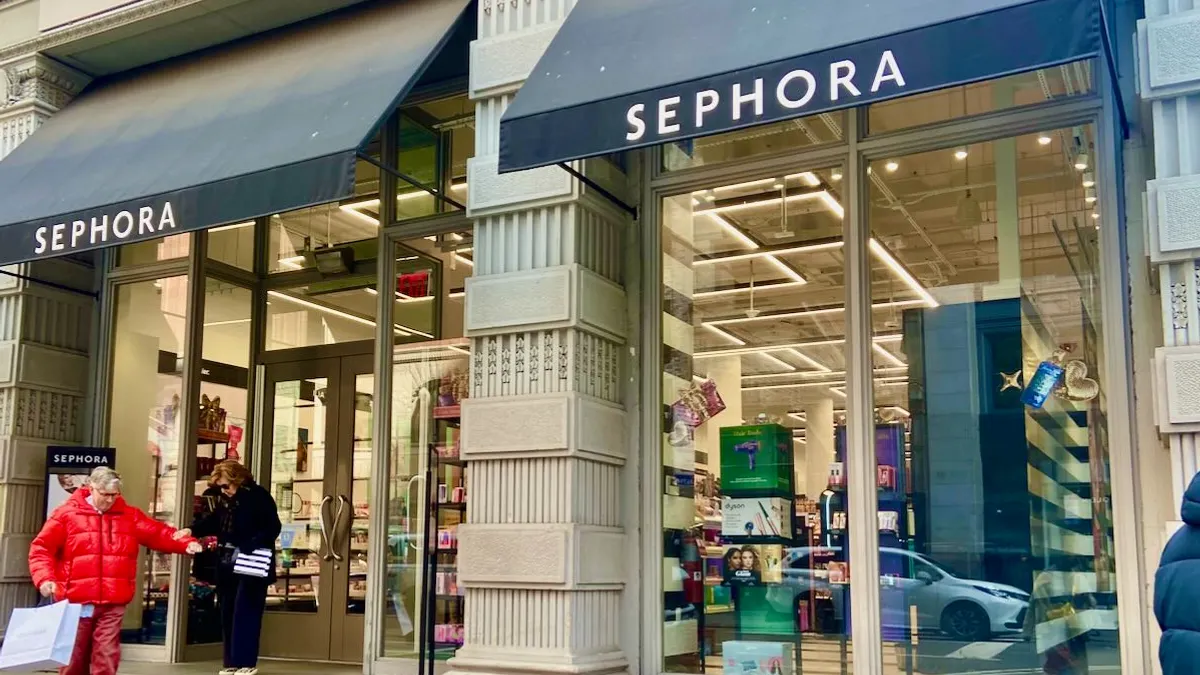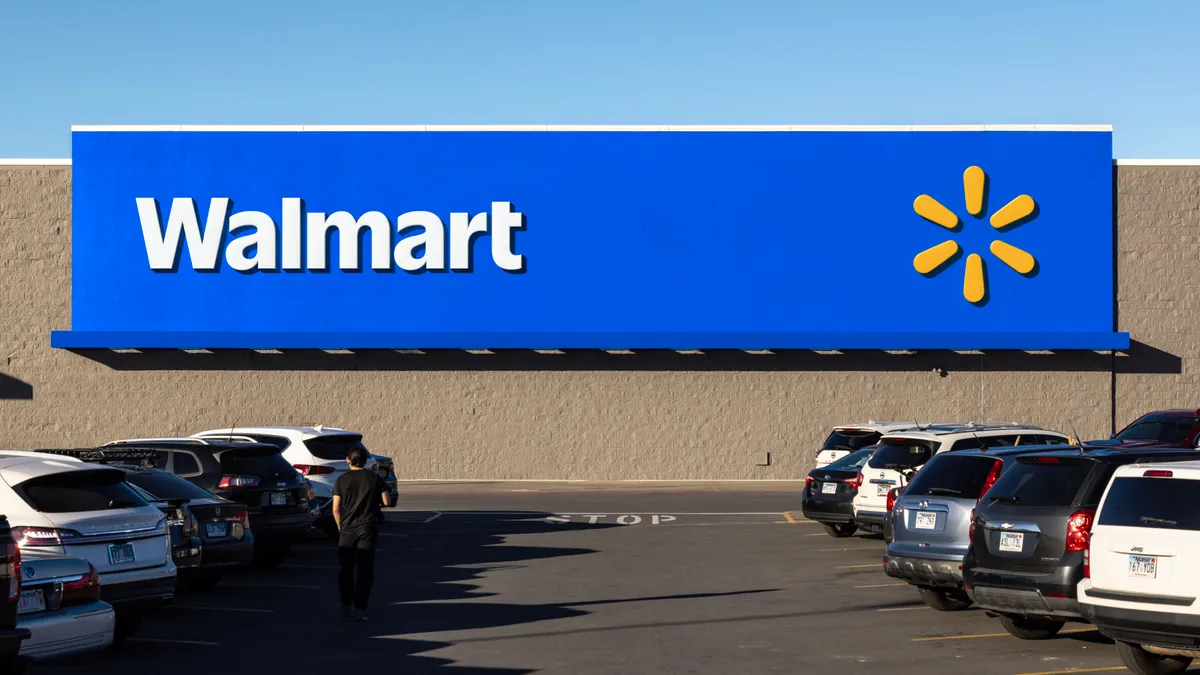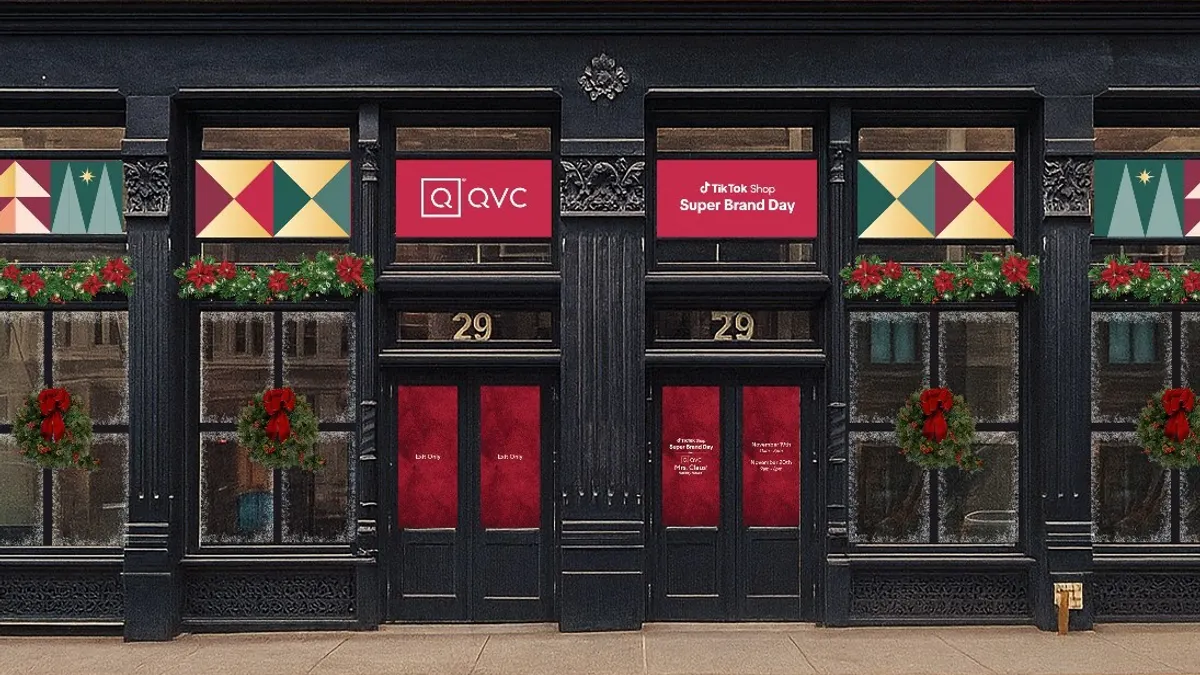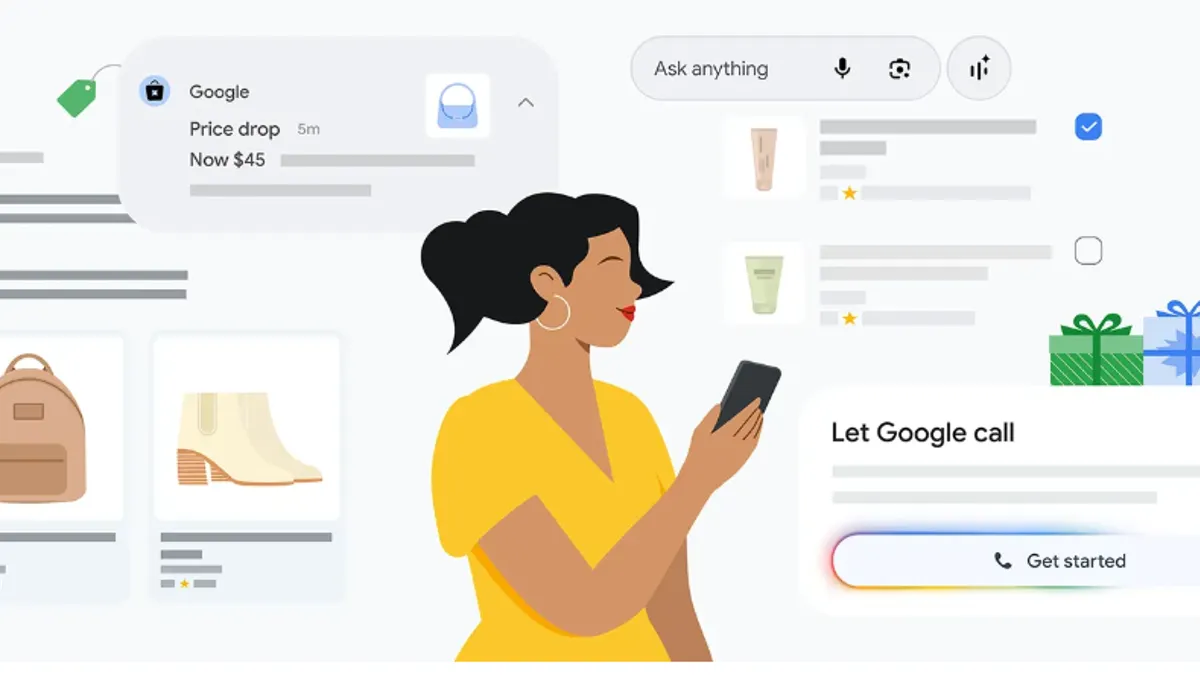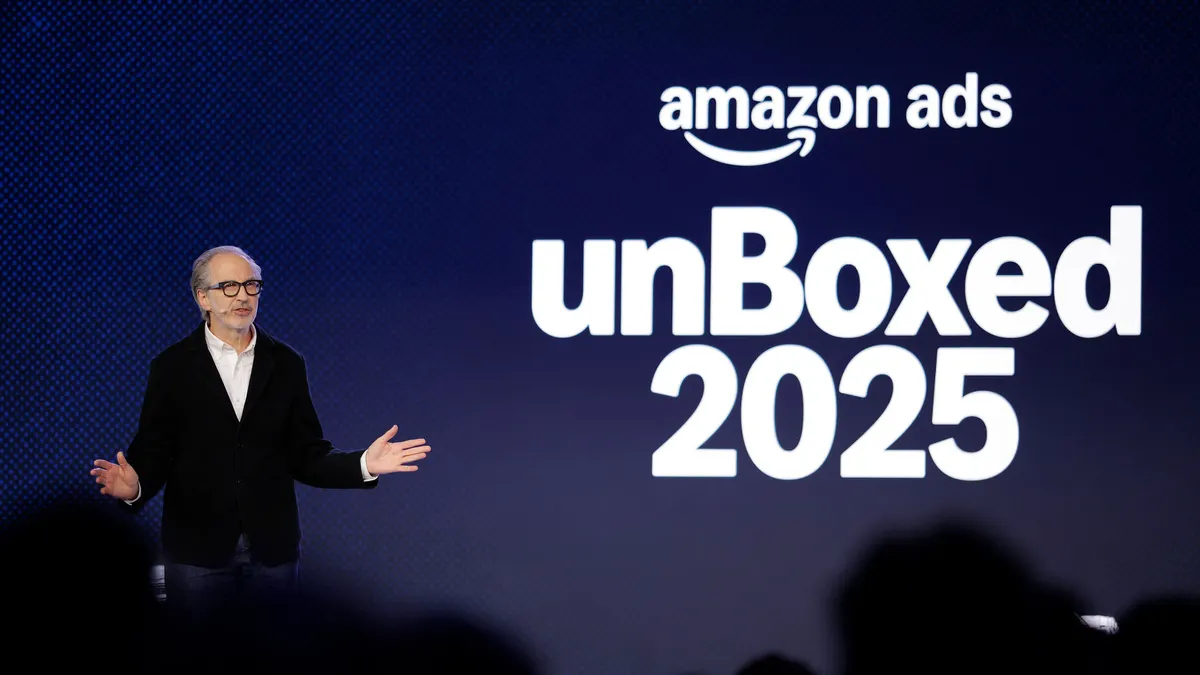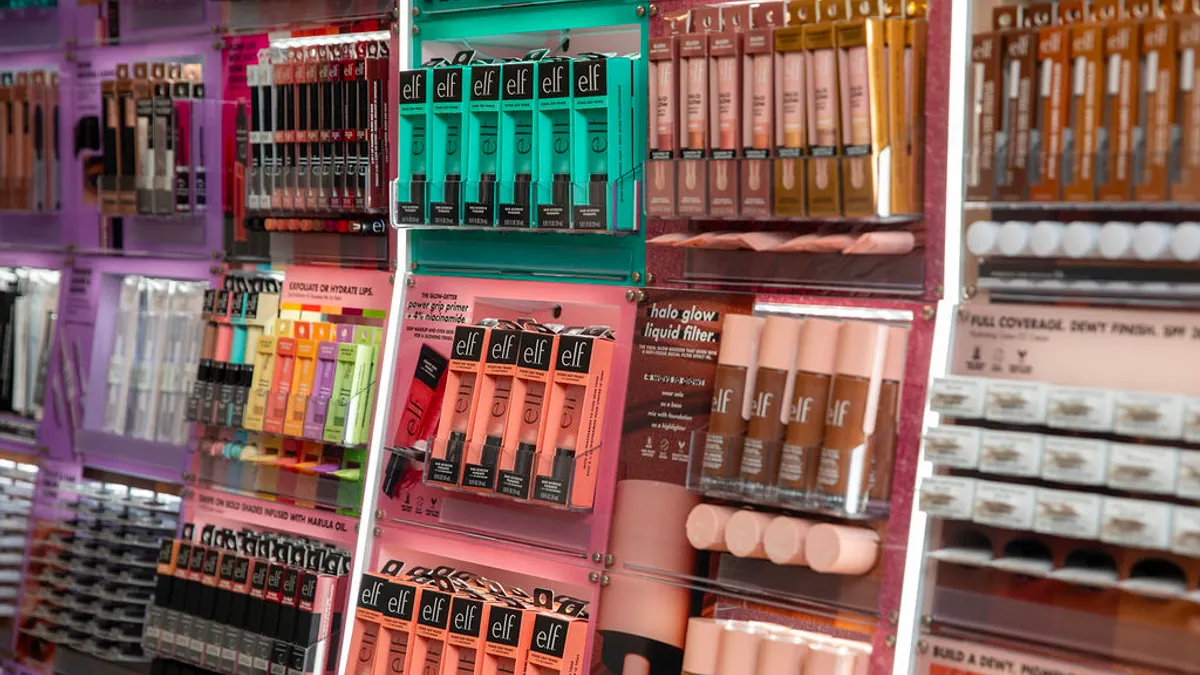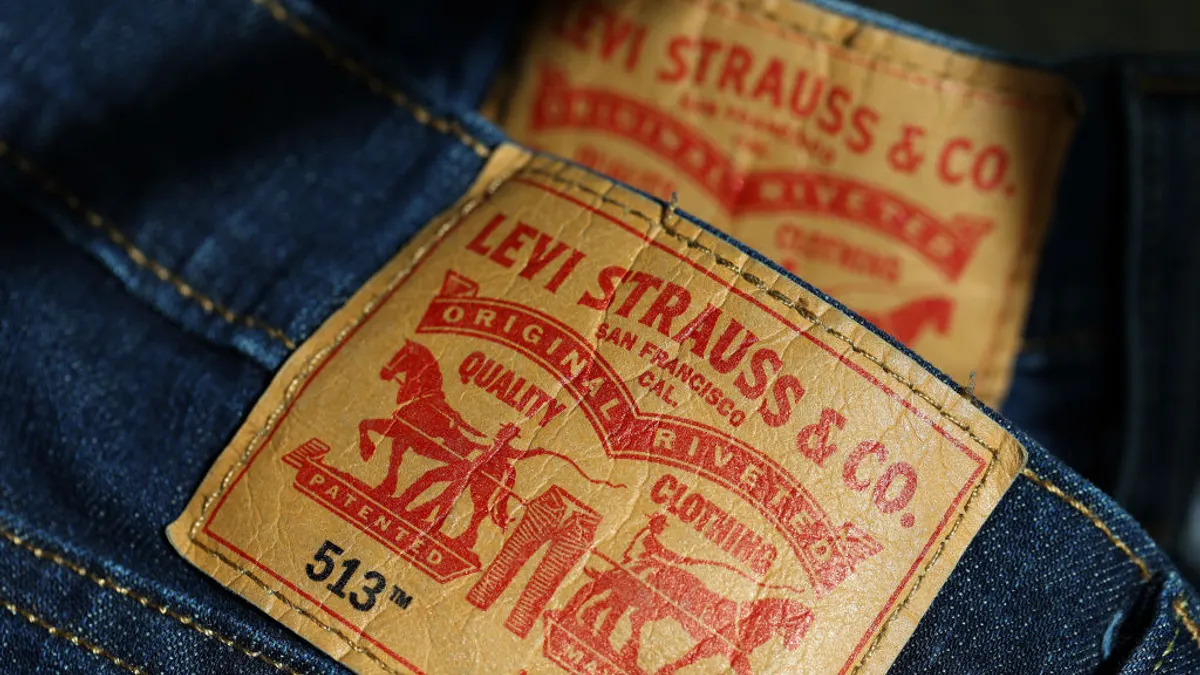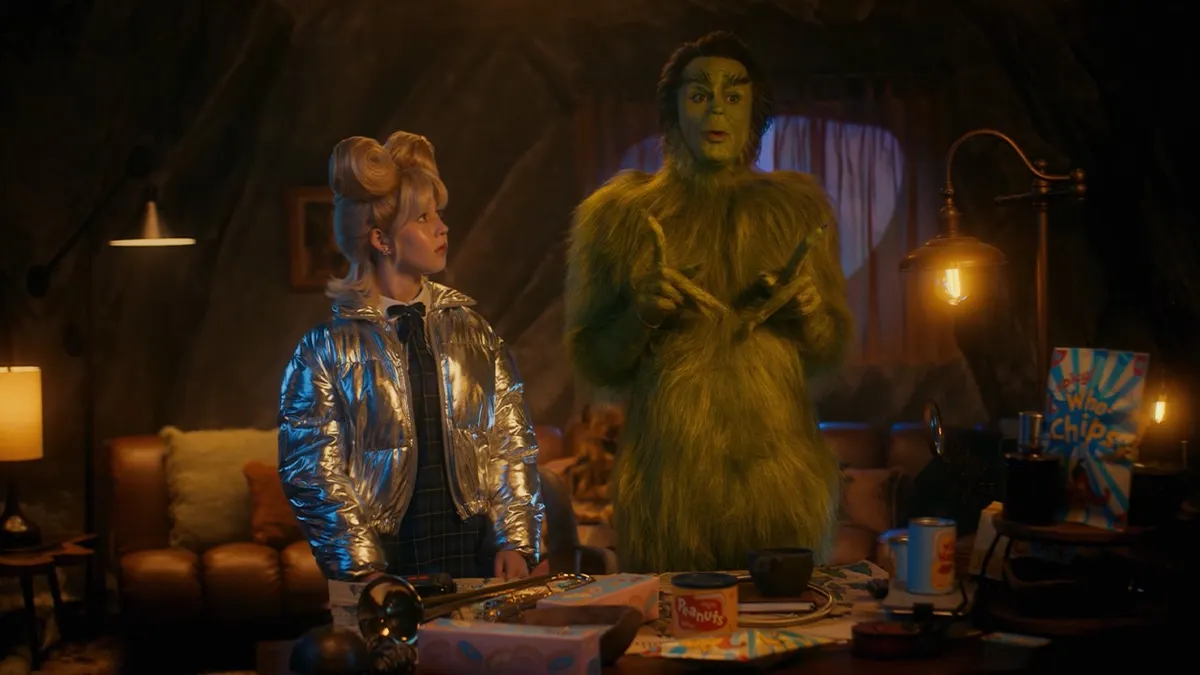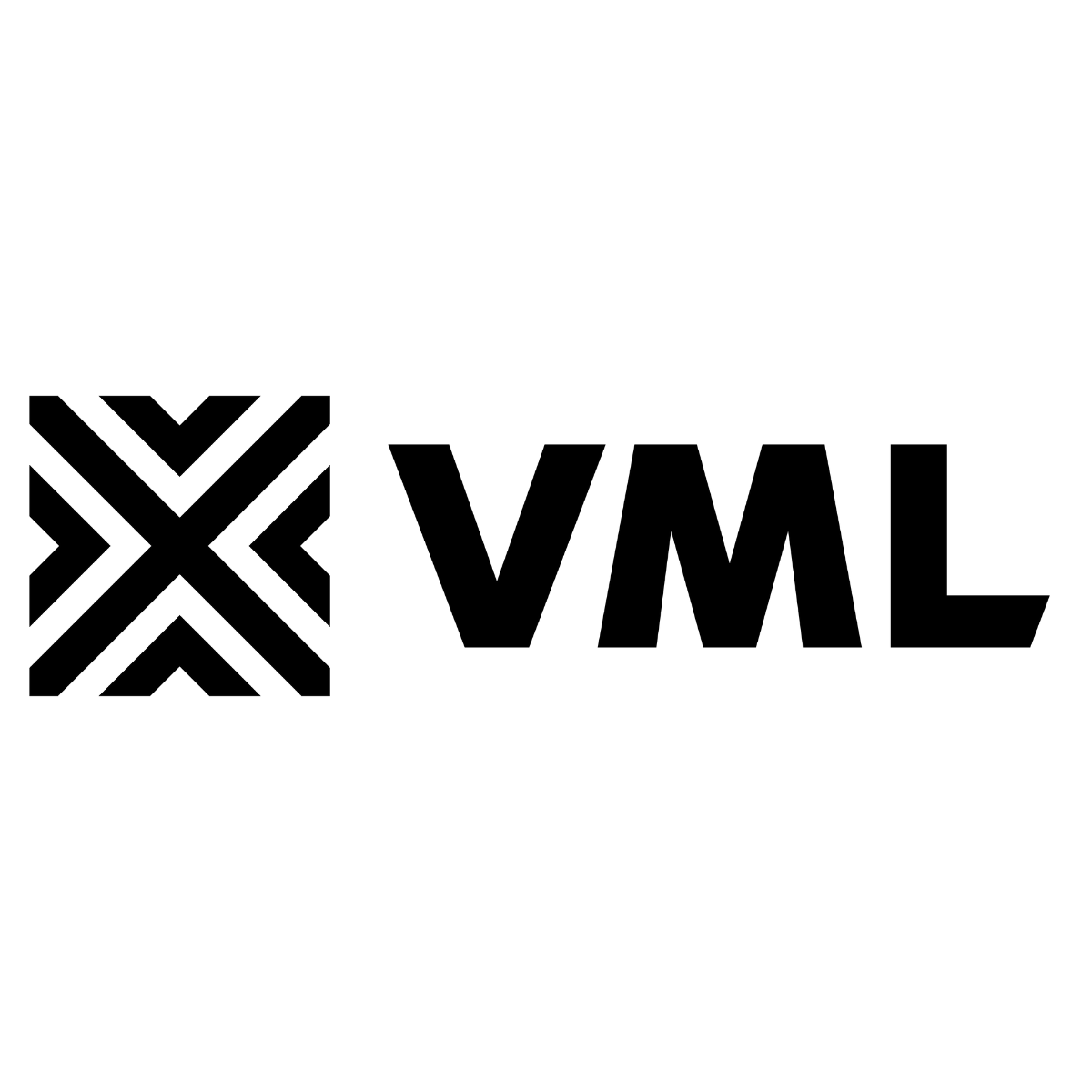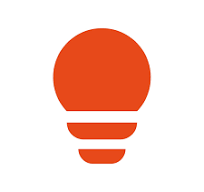As ghosts and ghouls make their return, tariffs may cause the biggest fright to consumers this Halloween.
“Consumers are weighed down by a fair amount of uncertainty when it comes to what's going on with the economy, and particularly what's happening with the prices down the road,” said Katherine Cullen, the National Retail Federation’s vice president of industry and consumer insights.
Nearly 80% of consumers are anticipating prices will increase this year due to tariffs, according to an NRF survey conducted by Prosper Insights & Analytics released last month. While consumers are prioritizing essentials right now, they’re still looking for ways to foster joy.
“We saw this during the pandemic as well, that even in uncertainty, consumers were really focusing on holidays and traditions as a way to kind of remind you what matters, who's important to you — kind of be with your loved ones,” Cullen said. “Halloween has a little bit of a fantastical element for a lot of people.
"It’s a healthy way to distract yourself from what's going on and connect with others,” she said.
In fact, consumers are expected to spend in record amounts this year for the holiday. Not adjusting for inflation, NRF predicts consumers will spend $13.1 billion on Halloween in 2025, up nearly 13% year over year.
But where consumers are looking to buy Halloween products continues to evolve. With specialty retailers like Party City and its Halloween City banner disappearing from the landscape, other companies are looking to take share. Here’s who could stand to gain this year:
Discount stores
Discount stores continue to be the top destination to buy Halloween products, with 42% of consumers saying they’ll buy goods from those retailers this year, according to NRF. That’s up from 37% last year and marks “the highest we’ve seen since the pandemic started,” Cullen said.
“Given consumers are looking to spend at record levels for the holiday, it's not surprising that they're looking to save a little bit of money,” Cullen said.
While NRF leaves the definition of discount stores “up to how consumers interpret it,” Cullen said it generally includes dollar stores and off-price retailers.
“Consumers across income segments are already shopping discount and dollar stores, aiming to get the best bang for their buck,” especially on everyday essentials like groceries, according to Katie Thomas, who leads the Kearney Consumer Institute. “But that sets the discounters up for success in other categories as well. It feeds into the ‘little treat’ economy — consumers feel good about optimizing where they can, but do not want to completely go without. Picking up a fun Halloween decoration is a small, fun indulgence on an otherwise practical shopping trip.”
Discount stores remain the top destination to purchase Halloween products
Price certainly is a motivating factor for consumers to shop at discount stores this season, but it’s not the only thing drawing them in. Both dollar stores and off-pricers have ramped up their offerings in recent years, making them a true destination for desirable Halloween products.
“Stores such as HomeGoods and T.J. Maxx have continued to tap into the appeal of the treasure hunt, seemingly increasing their selection year over year,” Thomas said. “Dollar stores are an easy option for party hosts or parents who need affordable candy, decorations or goody bag treats.”
Social media is also driving interest to discounters this time of year as influencers post their “hauls” of seasonal products they’ve found.
“People will post, ‘This is what I found at the dollar store. It's my dollar store haul,’” Cullen said. “A lot of it is driven by moms, or kind of mom influencers, talking about what they found for their kids either around the summer or around Halloween … and how they were able to save money there.”
Home retailers
The Home Depot five years ago cemented itself as a Halloween destination when it unveiled Skelly, a 12-foot skeleton that quickly went viral.
“When Skelly was first introduced in 2020, we knew we had a special, first-of-its-kind product on our hands at a time when people were eager to find joy through decor,” Aubrey Horowitz, merchant of decorative holiday at Home Depot, said by email. “The massive size and haunting eyes left a huge impression on consumers and once it hit stores, the product was flying off the shelves.”
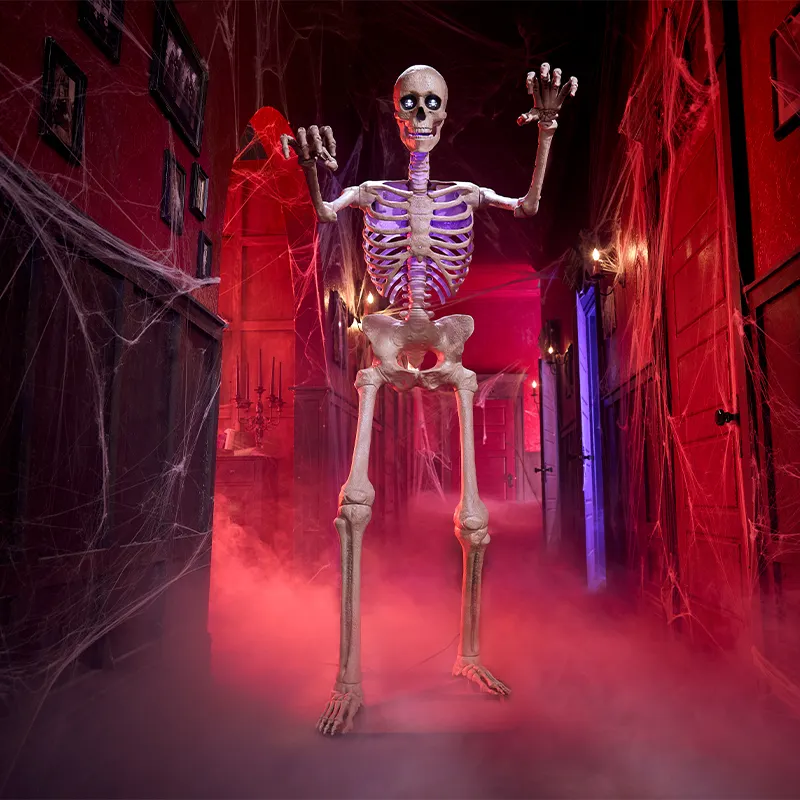
In the years since, the retailer has built on the success of that product by adding new Halloween items to its assortment and capitalizing on trends.
The growing popularity of Summerween — the unofficial kickoff to Halloween that many consumers are celebrating around June — is helping to fuel excitement around the holiday and causing retailers to release products earlier in the season, according to Horowitz.
“These Halloween enthusiasts go all out with their displays, often capturing incredible photos and even keeping their setups up well beyond October,” Horowitz said. “Summerween gives our customers and us another chance to engage with the products they love, showcase their creativity and bring fun to the summer months.”
About three months before Halloween, Home Depot dropped its latest seasonal assortment, which included familiar products as well as new ones, like a skeleton dog, skeleton cat and more.
This year, 14% of consumers plan to shop for Halloween goods at home improvement stores, up from 9% last year, and 21% plan to shop at home decor stores, up from 13%, according to NRF. Part of that growth is due to more consumers buying decorations this year; 78% of shoppers plan to buy decorations, Cullen said.
The most common decorations, according to Cullen, are hanging decorations like lights and cobwebs, followed by pumpkins and gourds, then indoor and door decorations. And nearly 30% of consumers are buying mid-sized lawn displays like tombstones and statuettes and 18% are buying large displays like inflatables or animatronics.
“Halloween decorations seem to be just a bright spot for the holiday,” Cullen said.
Craft stores
As consumers seek out ways to save money where they can this Halloween, some are getting creative in their purchases.
Craft and fabric stores are drawing in shoppers looking to engage in more DIY projects this season or make their own costumes, according to Cullen. The proportion of shoppers planning to buy at those stores is up to 14% this year, from 12% last year.
Craft retailers are also bulking up their assortment of seasonal merchandise to cater to all shoppers. Similar to Home Depot, Michaels sought to cash in on the Summerween craze, rolling out its Halloween decor collections in June. The retailer touted costume DIYs, decor, seasonal crafts and more “all at accessible prices.”
In the same vein, interest in shopping at thrift stores for Halloween products remained relatively consistent compared to previous years, with 11% of consumers planning to make seasonal purchases with those retailers this year, according to NRF.
Among adults that plan on making their own Halloween costume this year, 62% said they plan to shop at thrift stores, up from 53% last year, according to a survey from Goodwill Industries International released earlier this month. And of those looking to wear costumes this year, 70% of shoppers said they’re also prioritizing saving money.
But even with tariffs and price impacts on consumers’ minds this Halloween, many will still make an effort to celebrate.
“We’ve traditionally seen holidays as an area where people try not to cut back,” Thomas said. “Traditions like trick-or-treating or decorating connect families, neighbors, and communities. Cutting back here feels like cutting back on joy.”



